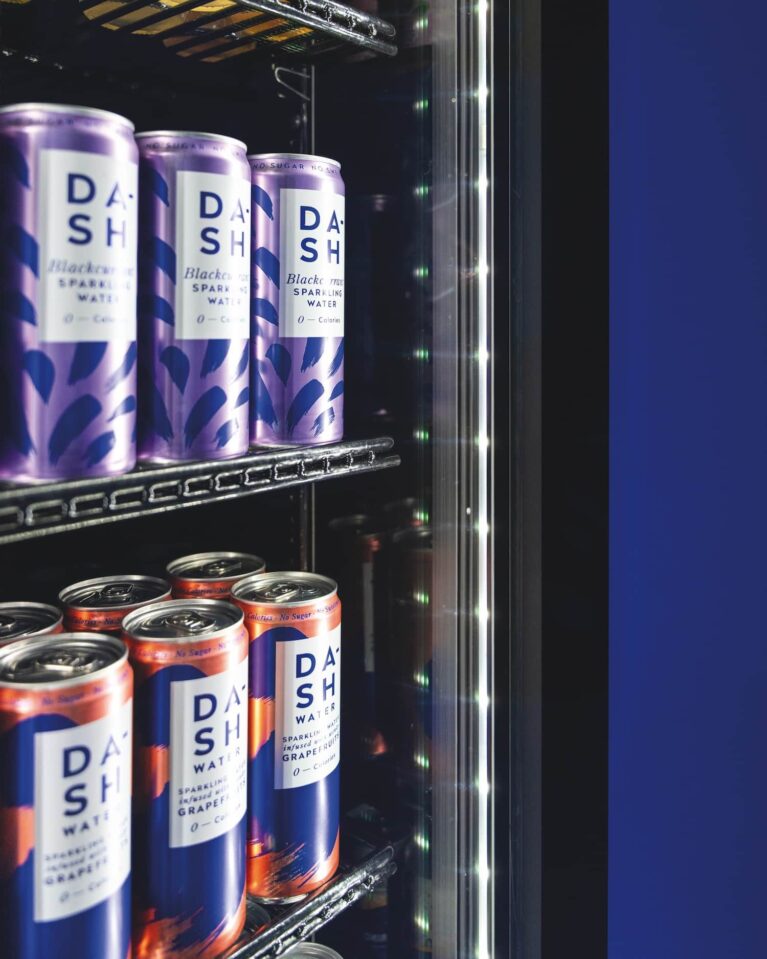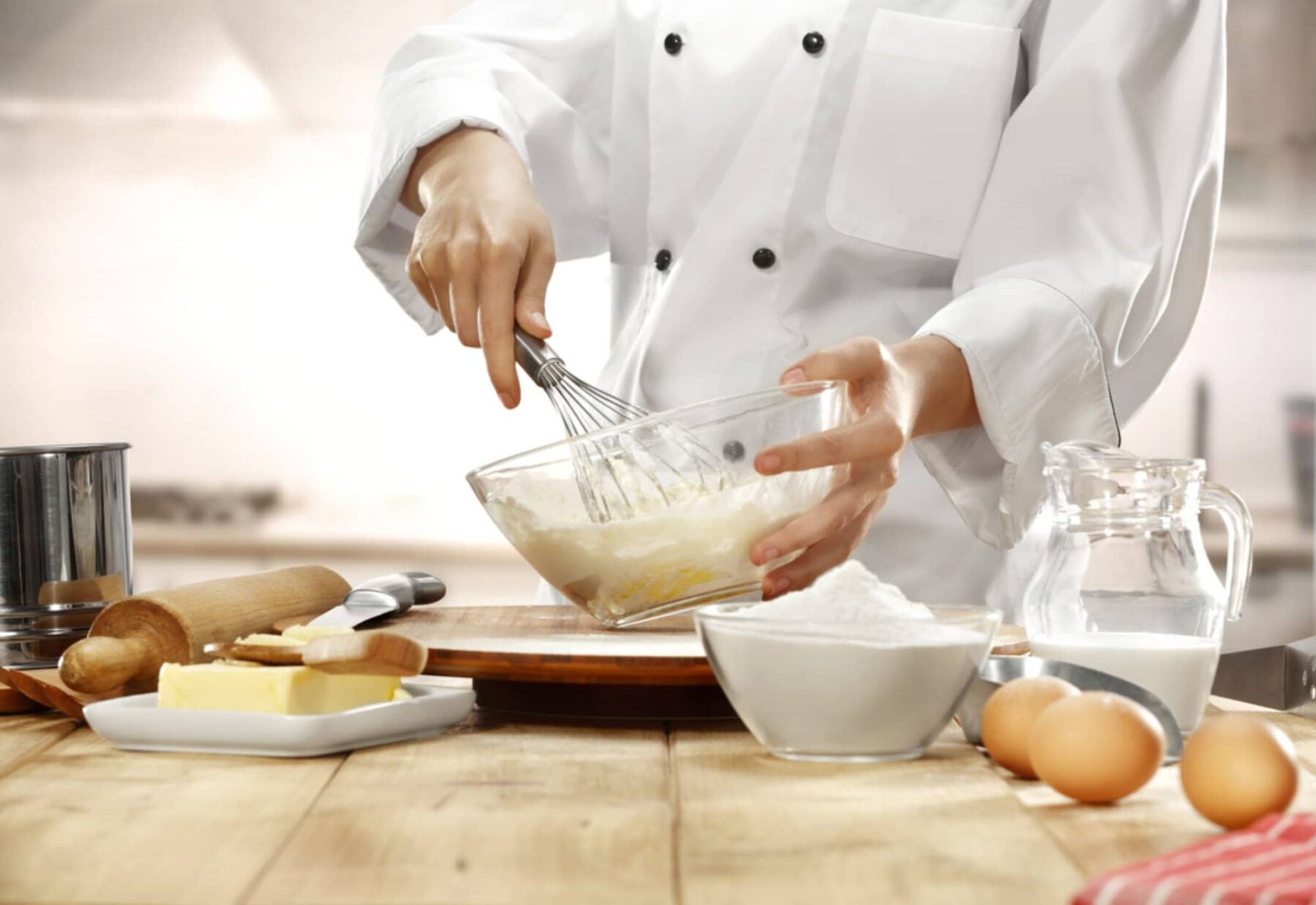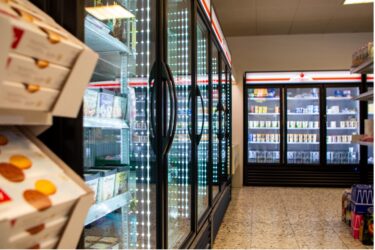True’s newest merchandiser is now available across Europe


Regardless of the scale of your operation, from simple cookies and cupcakes to more elaborate gateaux and layer cakes, the most crucial part of creating them is the way they are baked. However, once you’ve created your perfect cake or dessert, the way you show it off to your potential customers can make a huge difference. After all, we eat with our eyes, so you’ll want your bakes to be as visually appealing as possible to ensure that your diners or passers-by start to salivate the moment they catch a glimpse of your goodies.
New York Cheesecake – Although there are hundreds of cheesecake recipes out there which don’t involve any oven time whatsoever, what sets the New York Cheesecake apart from its fresh-cheese counterparts is the way it’s baked before serving, to create a custard-like ‘set’ texture to the filling. While vanilla is the classic flavouring, this style of cheesecake can be iced or topped with fruit jelly, whipped cream or even melted chocolate for a more luxurious and indulgent finish.
Black Forest Gateau – This classic German dessert, Schwarzwälder Kirschtorte, literally translates as Black Forest cherry tart and is named after its place of origin. Traditionally, it comprises several layers of chocolate sponge cake sandwiched with whipped cream and cherries, then decorated with additional whipped cream, maraschino cherries, and chocolate shavings.
Macaroon – This small circular cake is traditionally made from ground almonds, beaten with sugar and egg white, then baked. Its name comes from the Italian maccarone or maccherone, meaning ‘paste’, which refers to the original almond paste ingredient. Food colouring is often added to the mix before cooking, giving the cakes a vibrant range of colours, and they are often split and filled with jam, cream or butter icing prior to serving.
Baklava – This rich, sweet dessert pastry is made of layers of filo separated by melted butter, and filled with chopped nuts. It is sweetened and held together with syrup or honey. It originates from the Ottoman Empire. Before baking, the dough is cut into regular pieces, often triangles, diamonds or rectangles. After baking, it is soaked in a syrup of either honey, rosewater or orange flower water, to glaze.
Mille-Feuille – This delicate French pastry, which translates as ‘thousand-leaf’ is also known as the vanilla slice, custard slice, or the Napoleon. Although its exact origin is unknown, its modern variant was influenced Marie-Antoine Carême, an early pioneer of the Grande Cuisine style of cooking. A Mille-Feuille is traditionally made up of three layers of puff pastry, alternating with two layers of crème pâtissière. To finish, the pastry layer is dusted with confectioners’ sugar. The crème pâtissière can be substituted for whipped cream, but if it’s substituted with jam, the cake then becomes a Bavarian slice.
While cooking is the most important part of the cakemaking process, keeping your creations cool and fresh once they’ve been baked and iced to perfection is a crucial part of merchandising your sweet treats properly.
That’s where True comes in.
Our ‘dry’ display cases combine efficient, high-volume merchandising space with elegant curved glass frontage for the most sophisticated presentation of high-end desserts and pastries. They come with sliding glass doors, providing convenient access via the rear of the unit, so you can ensure your display remains topped up, even if your bakes are flying off the shelves like hotcakes. The glass frontage swings up for easy cleaning access, while LED interior lighting provides more even lighting throughout the cabinet, to showcase your cakes in the best light.



Marking another major milestone in its global growth journey, True Refrigeration has expanded its footprint in the Middle East with the opening of a new warehouse in Dubai.